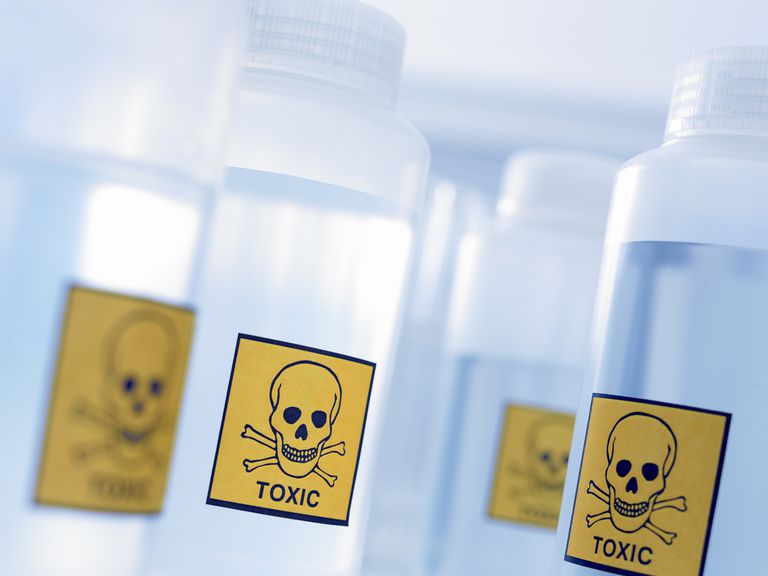Which Chemicals are Toxic? Understanding the Dangers of Chemical Exposure

Chemicals are an integral part of our daily lives, from the food we eat to the products we use. However, not all chemicals are safe, and exposure to toxic chemicals can have severe health consequences. In this blog post, we will explore which chemicals are toxic and the dangers of chemical exposure.
Toxic chemicals are substances that can cause harm to living organisms, including humans, animals, and plants. These chemicals can be found in various forms, including gases, liquids, and solids. Some of the most common toxic chemicals include lead, mercury, asbestos, benzene, and formaldehyde.
Lead is a toxic metal that can cause damage to the brain and nervous system, especially in children. Mercury is another toxic metal that can cause neurological damage, particularly in developing fetuses and young children. Asbestos is a mineral fiber that can cause lung cancer and other respiratory diseases. Benzene is a chemical compound that can cause leukemia and other blood disorders. Formaldehyde is a colorless gas that can cause irritation to the eyes, nose, and throat, and is a known carcinogen.
Exposure to toxic chemicals can occur through various routes, including inhalation, ingestion, and skin contact. The effects of exposure can range from mild irritation to severe illness and death. Symptoms of chemical exposure may include headaches, dizziness, nausea, vomiting, respiratory problems, and skin irritation.
To protect yourself from exposure to toxic chemicals, it is essential to understand the potential risks and take appropriate precautions. This may include wearing protective clothing and equipment, using ventilation systems, and avoiding exposure to chemicals whenever possible.
In conclusion, understanding which chemicals are toxic and the dangers of chemical exposure is crucial for maintaining a healthy and safe environment. By taking appropriate precautions and avoiding exposure to toxic chemicals, we can protect ourselves and our communities from the harmful effects of chemical exposure.


